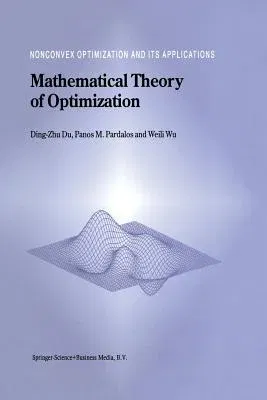Optimization is of central importance in all sciences. Nature inherently
seeks optimal solutions. For example, light travels through the
"shortest" path and the folded state of a protein corresponds to the
structure with the "minimum" potential energy. In combinatorial
optimization, there are numerous computationally hard problems arising
in real world applications, such as floorplanning in VLSI designs and
Steiner trees in communication networks. For these problems, the exact
optimal solution is not currently real-time computable. One usually
computes an approximate solution with various kinds of heuristics.
Recently, many approaches have been developed that link the discrete
space of combinatorial optimization to the continuous space of nonlinear
optimization through geometric, analytic, and algebraic techniques. Many
researchers have found that such approaches lead to very fast and
efficient heuristics for solving large problems. Although almost all
such heuristics work well in practice there is no solid theoretical
analysis, except Karmakar's algorithm for linear programming. With this
situation in mind, we decided to teach a seminar on nonlinear
optimization with emphasis on its mathematical foundations. This book is
the result of that seminar. During the last decades many textbooks and
monographs in nonlinear optimization have been published. Why should we
write this new one? What is the difference of this book from the others?
The motivation for writing this book originated from our efforts to
select a textbook for a graduate seminar with focus on the mathematical
foundations of optimization.


